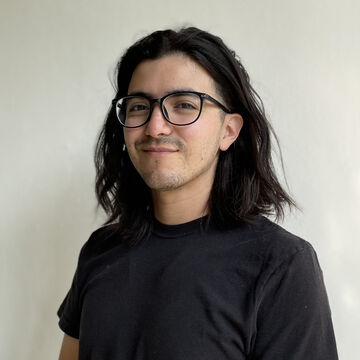

Chris Salas
AICAD Fellow
Contact
Bio
Chris Salas (they/them) is an artist and educator primarily working in Ceramics. Their studio practice is a search for a particular mental state – the engaged and unconscious divergence and convergence of ideas that imbue themselves into objects. These objects become abstracted forms of personal experiences, relationships, conversations, research – all of which currently revolves around time, place, momentum, with a pervasive presence of the history of colonization of the Americas.
Chris received a BA in Chemistry from Michigan State University and an MFA in Ceramics from Cranbrook Academy of Art. They have completed residencies at Northern Clay Center in Minneapolis, MN, at Ceramics School in Hamtramck, MI, at Watershed Center for the Ceramic Arts in Newcastle, ME, and at Starworks Ceramics in Star, NC. In 2023, Chris will be attending a residency at Township10 in NC, and is a Visiting Artist at the School of the Art Institute of Chicago through the Association of Independent Colleges of Art and Design (AICAD) Post-Graduate Teaching Fellowship.